Non-fungible tokens, or NFTs, came under the limelight in early 2021. Since then, NFTs of all shapes and sizes, from all sorts of sectors, have hit the market. From JPEGs of apes and cartoon rocks to human DNA and more, the space has witnessed some eloquent, some bizarre, and some mind-blowing ideas turned into NFTs. To be sure, the creative freedom NFTs offer is one of the best aspects of the industry. But what really are the best NFT ideas?
Are you planning to launch an NFT collection but are at a loss for ideas? Don’t worry—we have you covered! In this guide, we’ll cover the best NFT ideas to help you get started. We’ll also look into what sells best as an NFT and explore some unique NFT ideas.
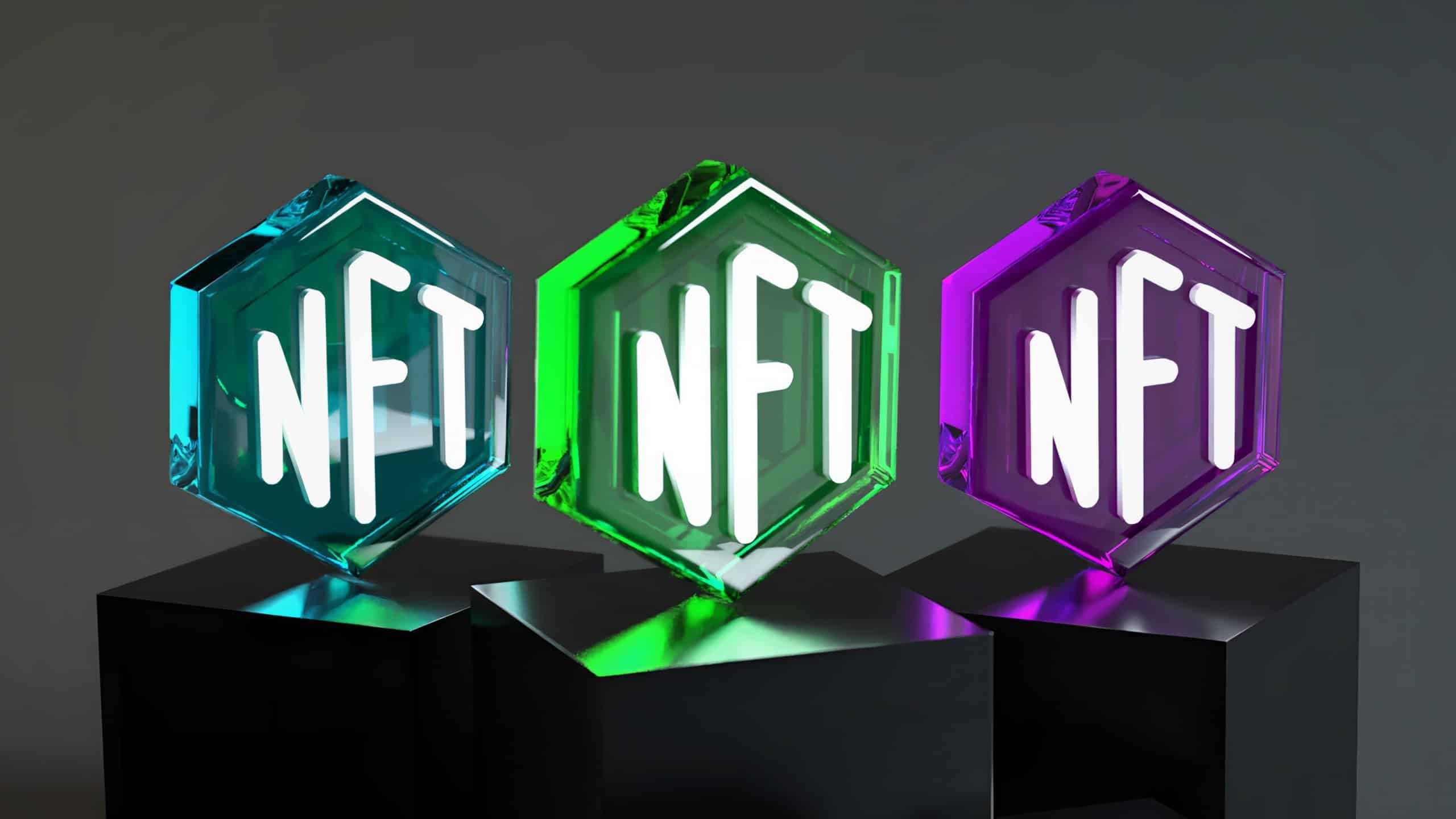
What can be made into an NFT?
The short answer—almost anything!
As previously mentioned, one of the most attractive features of NFTs is the fact that you can turn pretty much anything into a digital asset. This is because NFTs work as a digital certificate of authenticity and ownership that you can link to a digital or physical object. (If you need to brush up on your NFT knowledge, read our NFT 101: An Introduction to NFTs guide).
So let’s take a look at the most popular NFT ideas:
Art: The most popular NFT idea
Undoubtedly, art is one of the most popular NFT sub-categories, with some art pieces selling for millions of dollars. Naturally, the space is dominated by digital artists such as Pak and Beeple. However, traditional artists and fine artists like Damien Hirst and Trevor Jones have also shown how legacy artists can find success in the space.
Art in itself serves as an incredible playground for NFT ideas. You can create animated, loop art pieces like Mad Dog Jones. Or you can create 2D pixelated, line art, or illustrations. Better still, you can focus on 3D modelling to create hyperrealistic 3D art. Of course, if you are into photography, you can also turn your photography into NFTs.
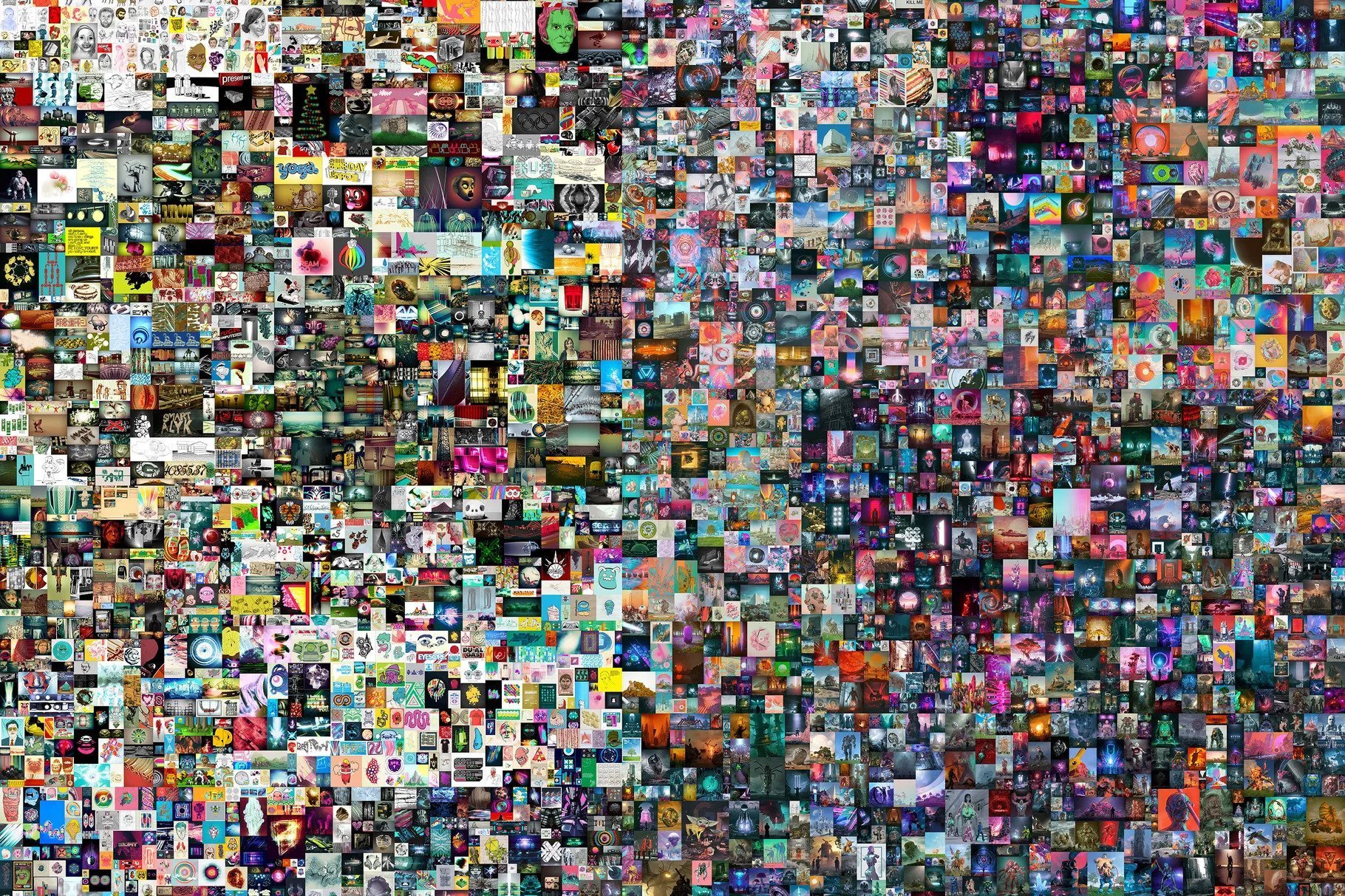
Meanwhile, another NFT art idea you can tinker with is generative art. To explain, this is a type of art generated by computer code created by an artist. Thanks to projects such as Art Blocks and Tezos’ fxhash, generative art NFTs have become extremely popular in recent years.
Besides, some artists have also created self-destructing NFTs. For example, last year Sotheby’s auctioned a green NFT that will self-destruct if the average global temperature rises 2°C above pre-industrial levels.
Music NFTs
While not as popular as NFT art, music NFTs are slowly picking up in the industry. Essentially, music NFTs represent an audio file—this can be beats, singles, or even entire albums. What’s more, leading NFT marketplaces like OpenSea have a dedicated section for music NFTs. On the other hand, there are several marketplaces catering to music NFTs alone. This includes Catalog, Async Music, and Royal.
Now, anyone can make music NFTs, irrespective of the genre. For example, hip-hop artist Latashá is making waves in the Web3 space with her NFT music videos. As a matter of fact, she’s one of the first musicians to do this. In contrast, musician and artist, Ed Balloon is famous for his generative sound and motion picture projects. His collection Run Ed, for instance, features NFTs that bring together stop motion, 2D and 3D animation, and music.
Film, TV, or animated series
The film and TV industry is notorious for making the lives of newcomers difficult. Filmmakers, especially those from underprivileged backgrounds, struggle to get funding for their projects. Amid this, NFTs have come up as a means to make the industry more accessible and transparent. Therefore, many in the industry are turning to NFTs to crowdfund their projects and also get closer to their fans.
Take for example the Film3 Collective, a community of storytellers and innovators using blockchain technology to usher in the new wave of cinema, Film3. Similarly, a host of NFT TV shows have also hit the market. Examples include the adult workplace comedy, The Gimmicks; actress Mila Kunis-produced adult animated series, Stoner Cats, and the animated comedy series, The Glue Factory Show. Even Fox is set to premiere its own NFT animated show, Krapopolis!
So, if you have a story to tell, NFT movies and animated series are an idea you might want to explore!
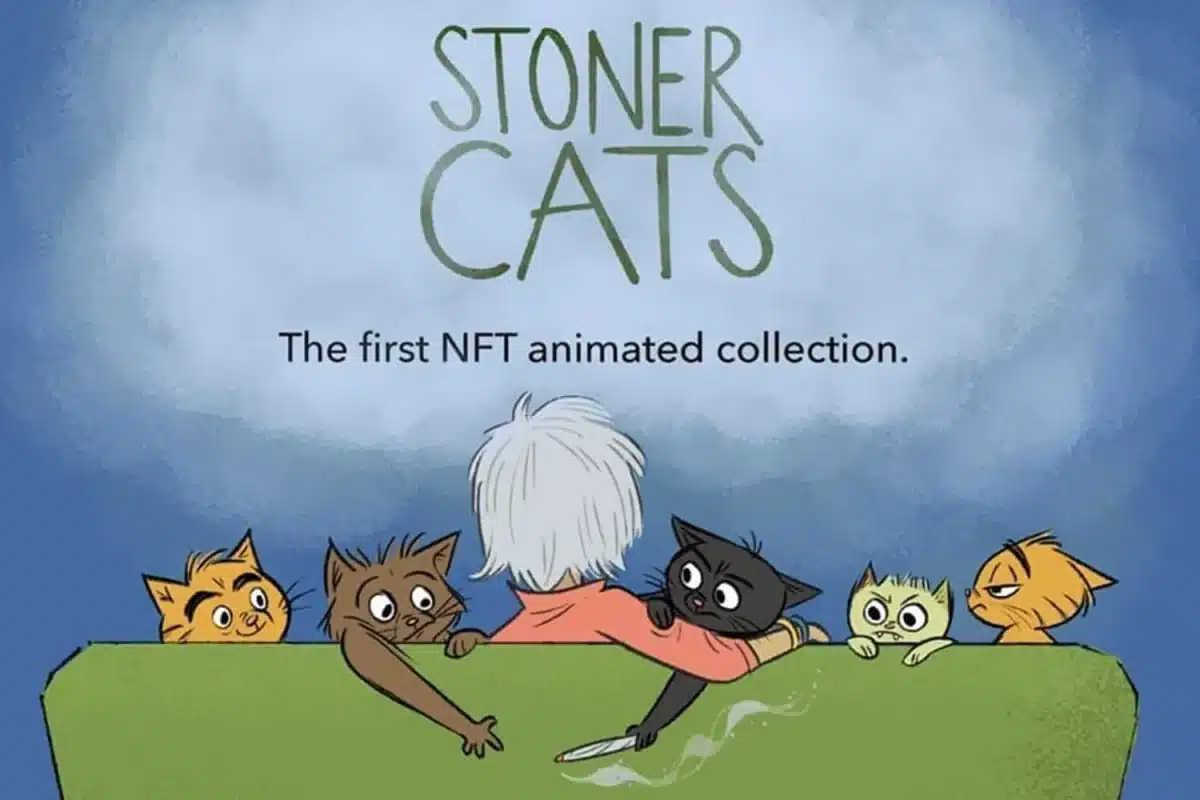
Games
Blockchain and NFT games are another booming Web3 niche. Essentially, these games have NFTs as in-game assets, which players can use outside the game as well, unlike traditional gaming assets. Besides, NFTs have given rise to a whole new gaming genre: play to earn. These games let players earn crypto and other rewards while playing.
From horseracing (Zed Run) and mining (Alien Worlds) to trading card games and more, NFT games of all sorts of genres are now gaining popularity. If you are a developer with some cool gaming ideas and the right resources, you can also join the bandwagon. Alternatively, you can partner with a brand or a gaming studio to develop an NFT game. Of course, this is a more resource-intensive and time-consuming area compared to other NFT ideas.
Digital fashion and NFT wearables
While digital fashion may have seemed absurd a couple of years ago, it is all the rage today. This is all thanks to the growing interest in metaverses or virtual worlds. In this digital economy, people love to flaunt their avatars by dressing them up in uber-cool digital wearables, including clothes and accessories. For this reason, even some of the biggest brands like Dolce & Gabbana, Tommy Hilfiger, Adidas, and more have dropped their own digital wearables.
Of course, within metaverses and games, NFTs can represent a host of other things as well. This includes game skins for weapons, cars, buildings, and so much more. Clearly, when it comes to digital wearables, there are so many NFT ideas you can play around with. If you have an impeccable fashion sense and know the basics of 3D modelling, this niche will suit you well!
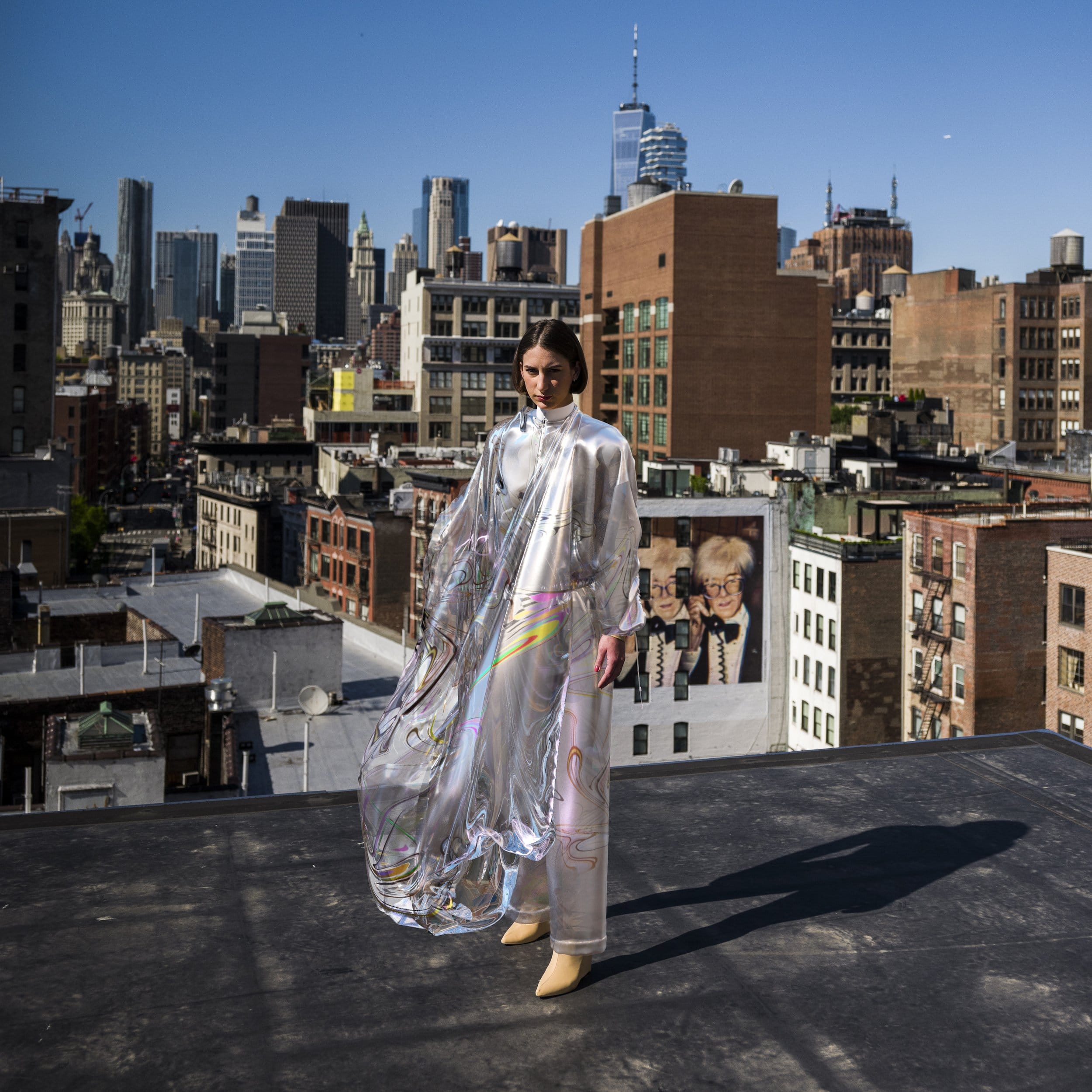
Sports NFTs
Sports NFT trading cards and fan tokens were a big hit in 2021, especially due to the popularity of NBA Top Shot. Although the interest in sports NFTs has gone down a bit, particularly due to the current bear market, platforms like Sorare and Socios are still enjoying some traction.
So, if you are a sports player, this is an area that you can tap into and monetise. Alternatively, you can go a step further and even launch your own NFT sports fantasy games.
Physical items
Remarkably, NFTs are not limited to digital items alone. You can link an NFT to a physical item as well. Some artists like Beeple and FEWOCiOUS offer physical versions of their artworks along with their NFTs.
Similarly, the spirit and wine industry have many players using NFTs to represent physical liquor bottles, wine barrels, and more. BlockBar, for instance, is an NFT marketplace that offers NFTs from luxury liquor brands, with each NFT corresponding to a physical bottle. The platform boasts partners such as Penfold, PATRÓN, and Johnnie Walker, to name a few.
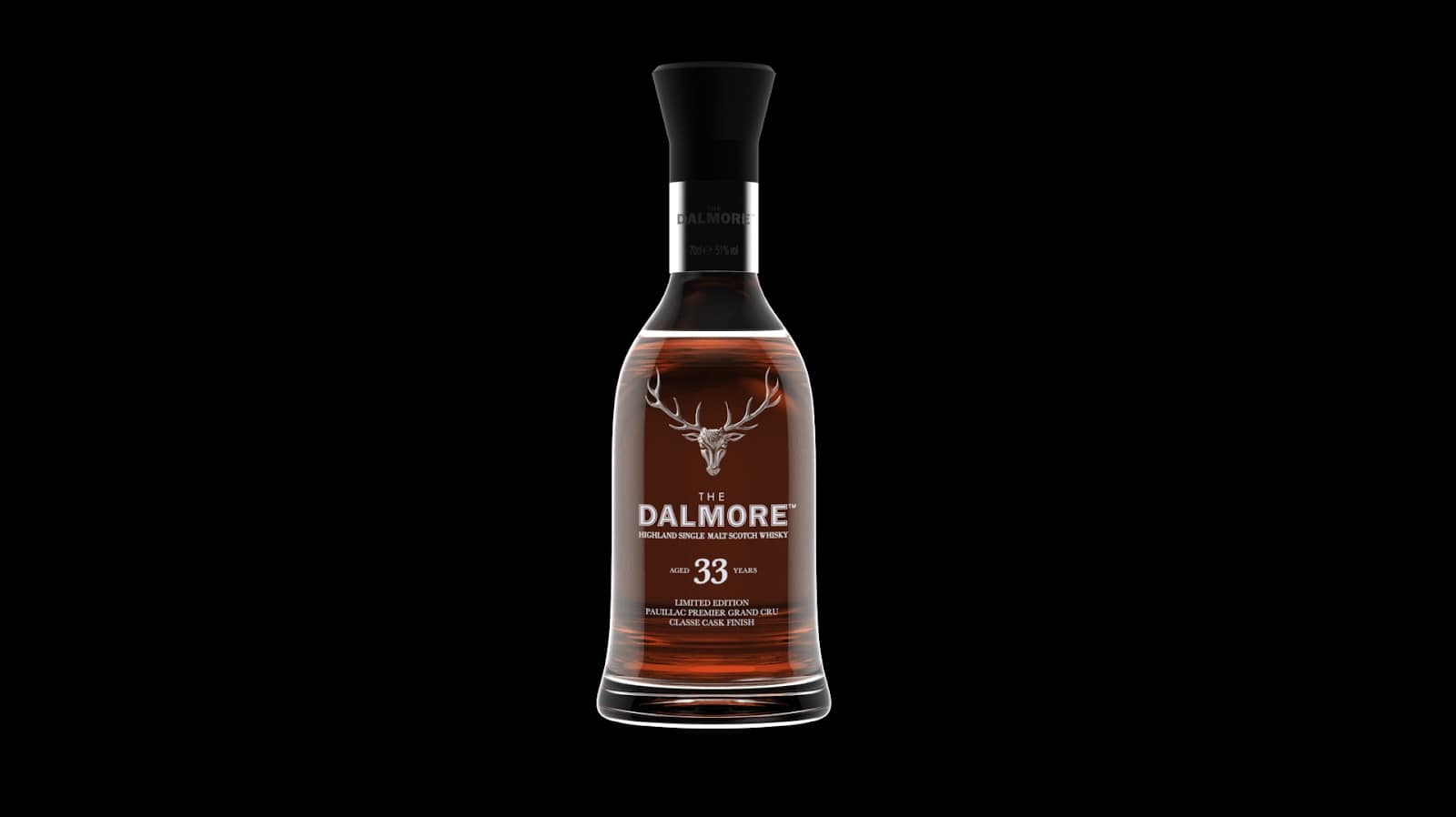
Apart from this, some have even sold superyachts as NFTs. To illustrate, Cloud Yachts sold a Superyacht as an NFT for a whopping $12 million early this year! On the other hand, some virtual real estate is linked to physical properties. Well, long story short, you can use NFTs to represent a whole range of physical items.
What sells best as an NFT?
A quick look at the most expensive NFTs in history will give you an idea about what sells best as NFTs. The clear winner is NFT art and collectibles. The Merge by Pak and Everydays: The First 5000 Days by Beeple takes the top spot for highest-selling NFTs.
Similarly, it is safe to say that 2021 was all about NFT collectibles and new projects continue to drop, despite the lull in sales. The tremendous success of the Bored Ape Yacht Club NFT collection is a testament to this. OG collections like CryptoPunks have also sold NFTs worth millions of dollars.
Apart from these, utility is an extremely important factor that determines an NFT’s success. In a market saturated by NFTs, a great NFT idea alone is insufficient to achieve success. When investing in NFTs, a lot of collectors are in it for the long haul. In other words, they are looking for benefits that go well beyond a PFP picture.
This is why most top NFT collections offer plenty of perks to their collectors. Just take BAYC for example. The community members get utilities ranging from merch, NFT airdrops, access to a plot in The Sandbox, and even an annual NFT festival, ApeFest.
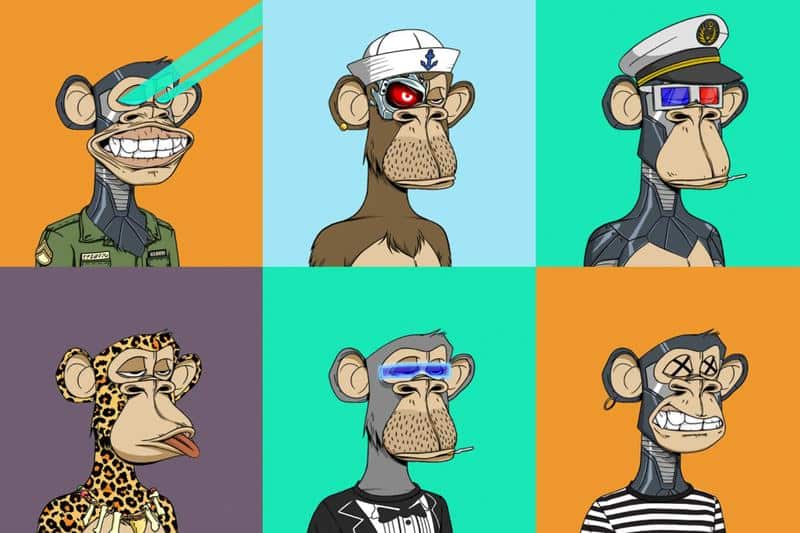
Examples of other unique NFT ideas
While what we discussed above are some mainstream NFT ideas, if you want to stand out from the crowd, there are some unique ideas that you can explore. For example, Alethea AI is an iNFT (intelligent NFT)—artificial intelligence tokens on the blockchain. Essentially, these are interactive NFTs with an embedded AI personality which learns and evolves as you interact with them. Doesn’t that sound pretty cool?
On the contrary, you can also explore name registry services, another growing niche in the NFT market. In short, name registry services such as ENS and Unstoppable Domains allow users to register shorter, easy-to-remember names assigned to a crypto wallet. This way, you no longer have to grapple with the hassles of a long wallet address.
Besides, a large number of companies are now tapping into AR technologies to create unique NFTs. Take the case of Jadu Hoverboards—these are AR-based hoverboards that collectors can use in The Mirrorverse, Jadu’s AR game project. If AR technology interests you, you can maybe create your own metaverse and AR vehicles.
Conclusion
All things considered, when it comes to NFT ideas, your imagination is the only limit. As you can see, the NFT sector is a space where you can let your creativity run wild. You don’t have to stick to JPEGs, art, or music; you can create animated, 3D, AR, or gaming NFTs. Or better yet, you can maybe come up with your own NFT idea. Who knows, that might just be the next biggest thing in the NFT space!
All investment/financial opinions expressed by NFTevening.com are not recommendations.
This article is educational material.
As always, make your own research prior to making any kind of investment.





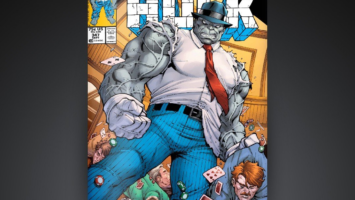
















Comments (No)